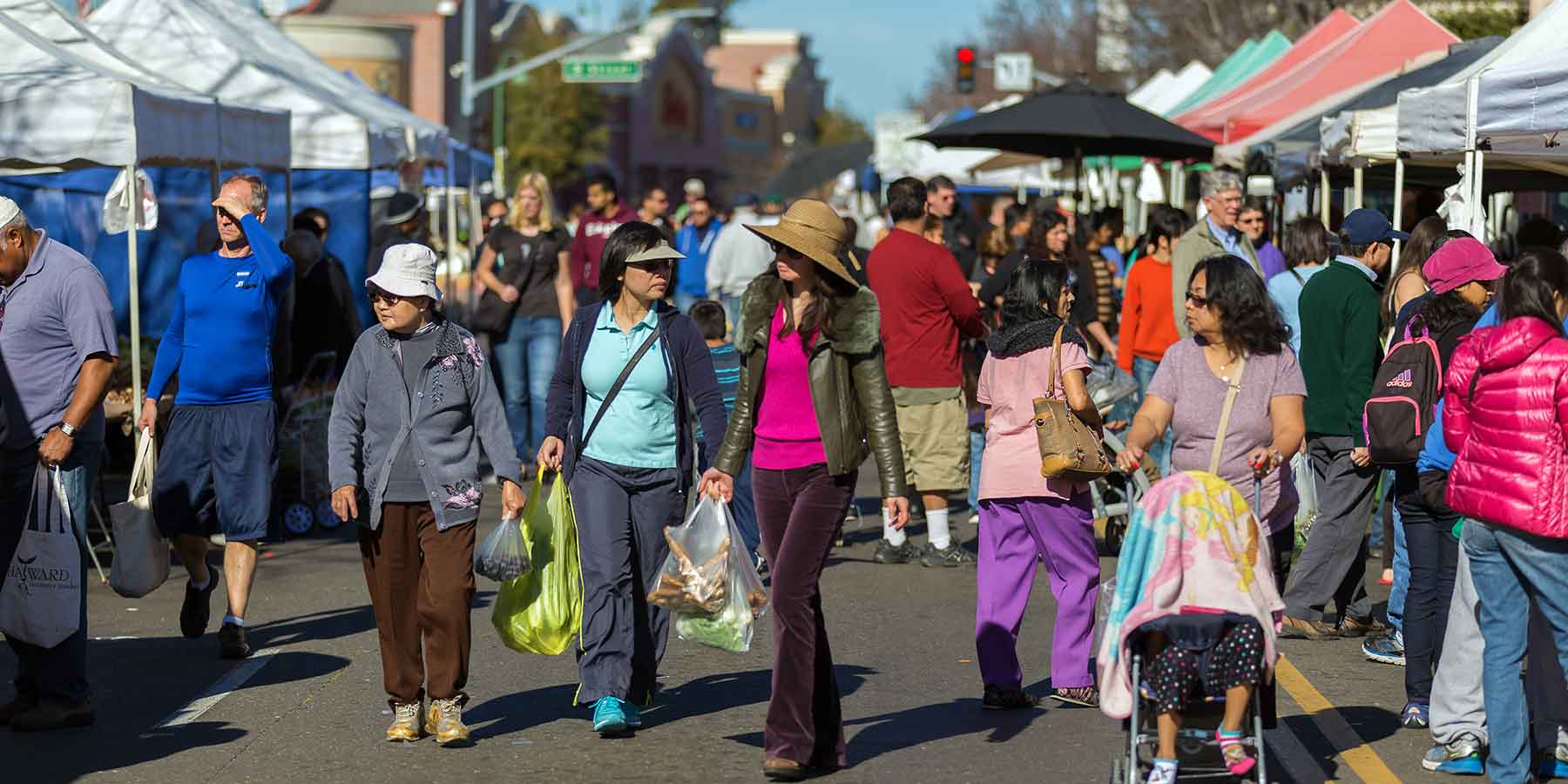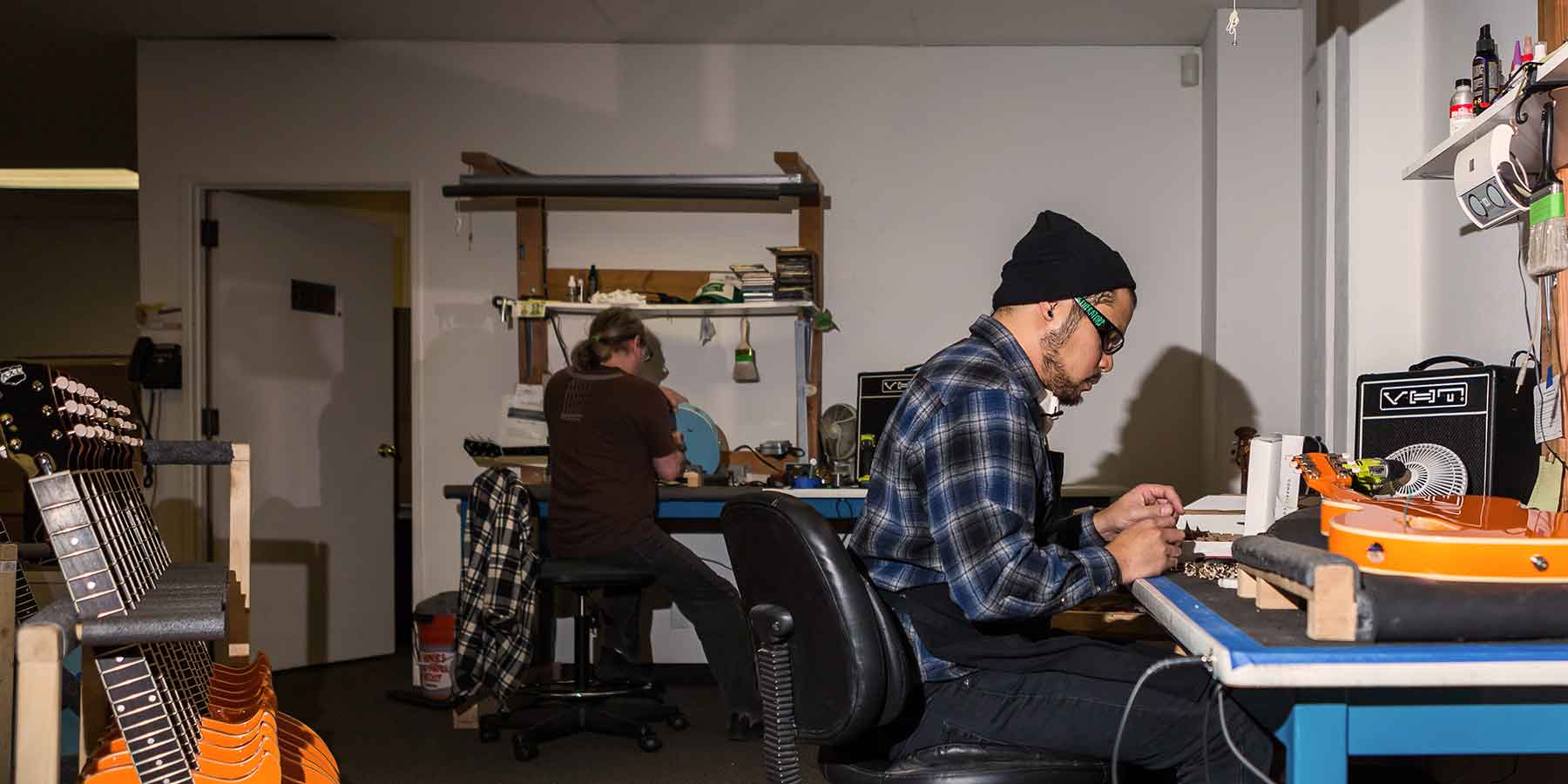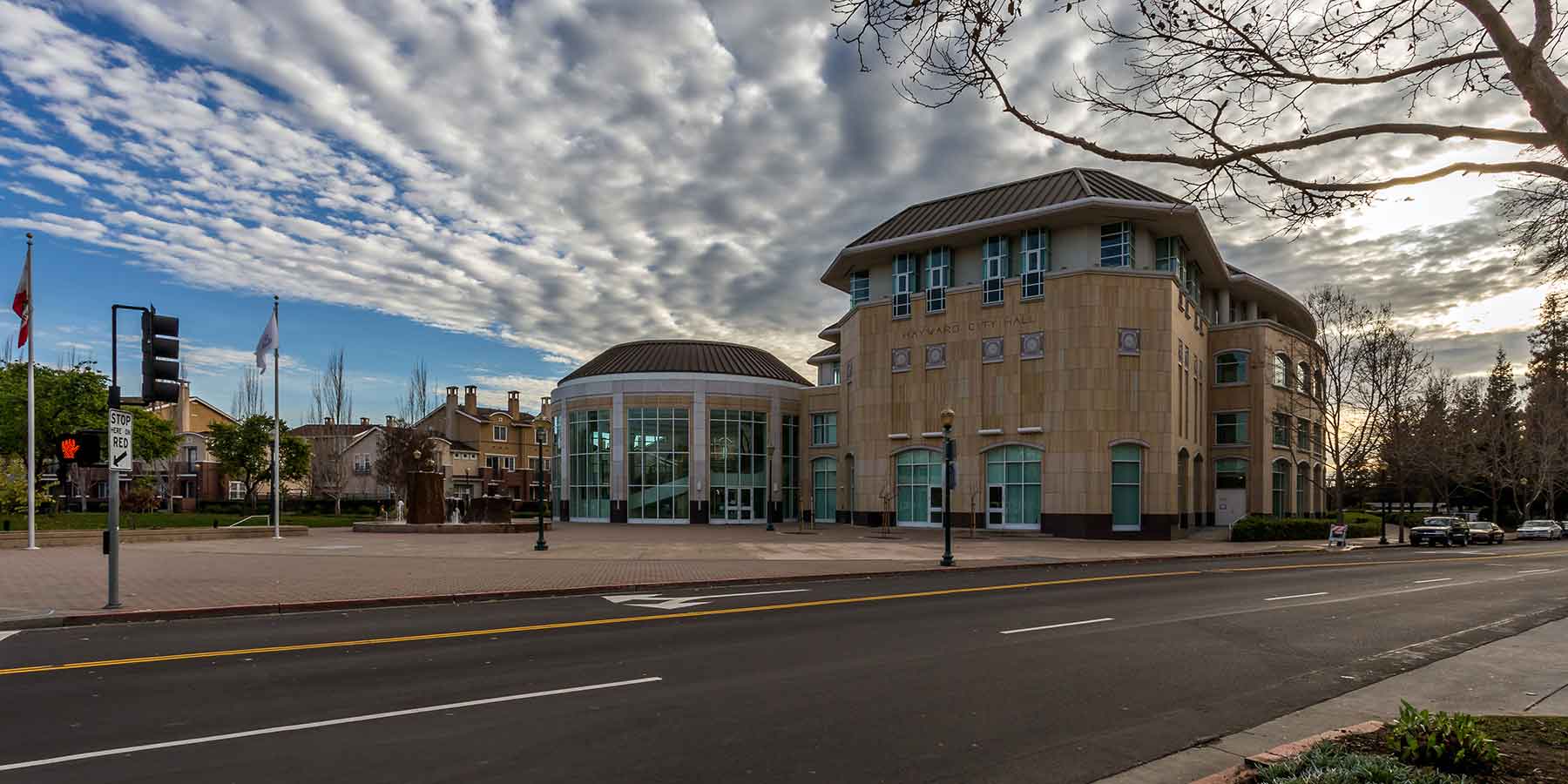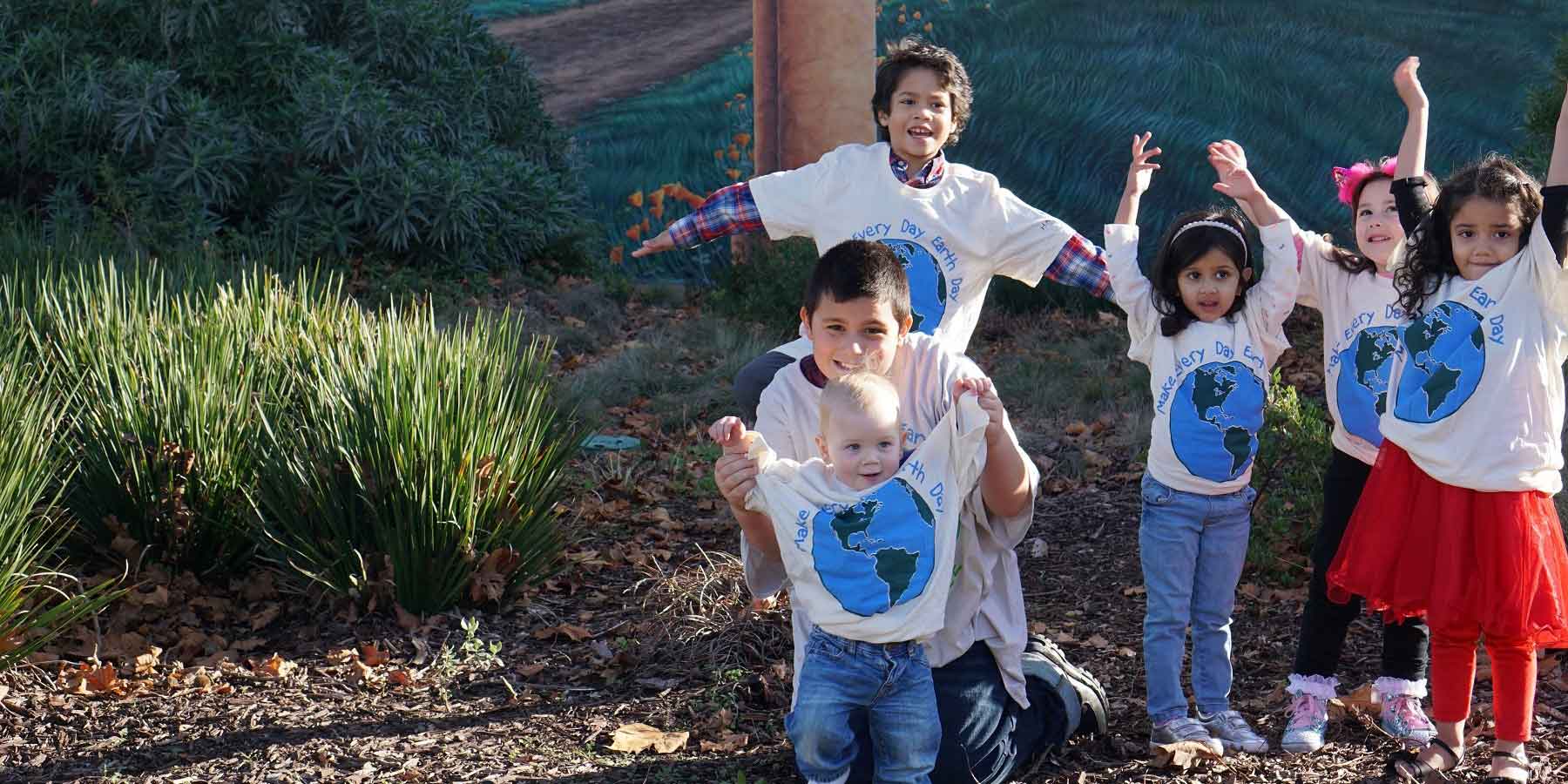Food Access & Security
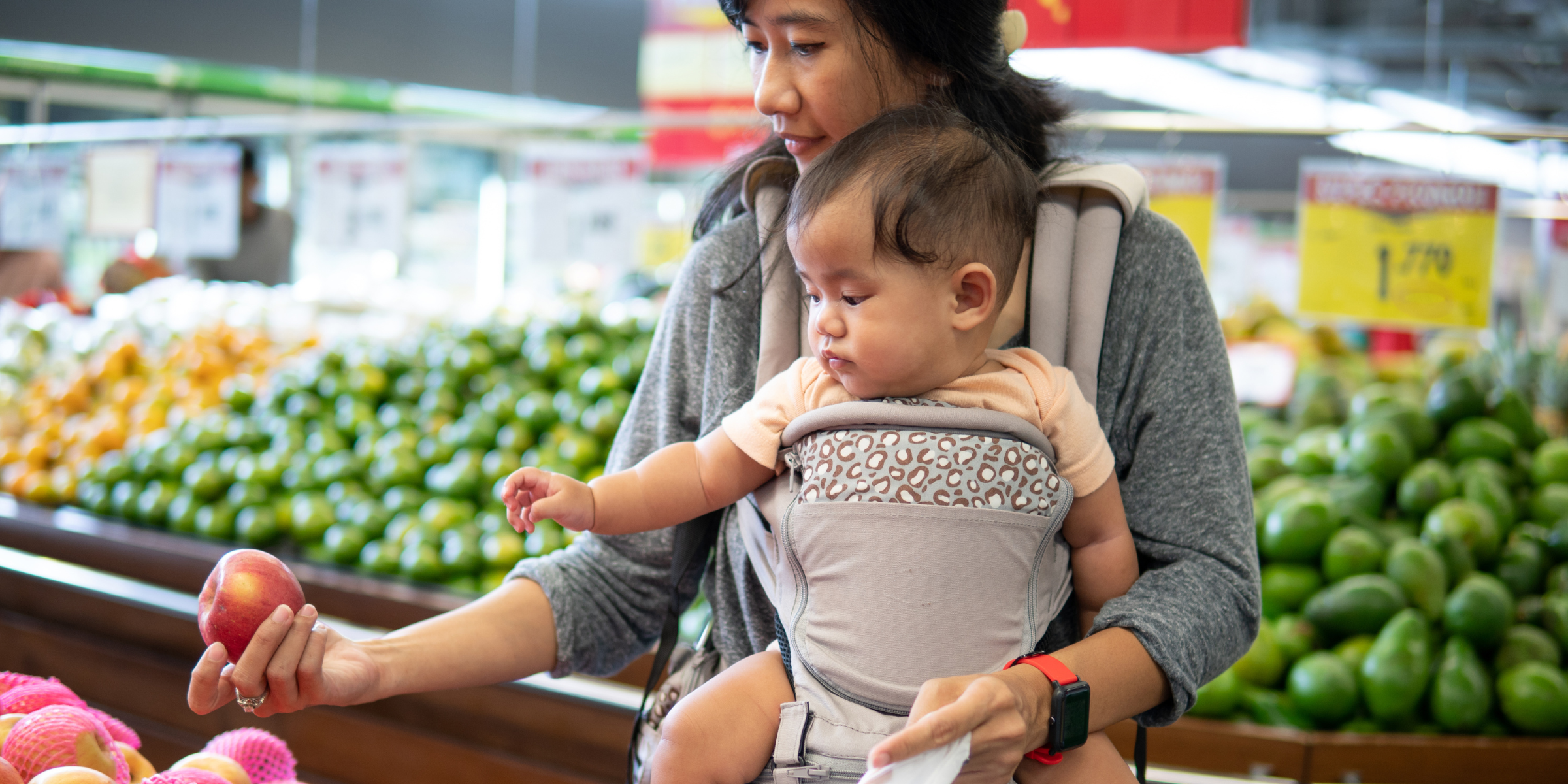
Collecting local data to better address local problems:
At the beginning of the planning process, the Food Access & Security working group was polled to identify their priority areas on action items we could work towards. The top three topics to address were:
- Coordinating hours of distribution
- Improving access to culturally relevant foods
- Improving language access to assistance
Engaging educational partners to collect local data:
The City partnered with Chabot College and California State University - East Bay and hosted 18 Food Action Plan college interns to work with partners and gather data on the top three topics identified by partners as well as other topics. Deliverables from these partnerships include: a map of Hayward and nearby food distribution sites for the public, surveys and analysis of clients at two different food distributions to learn about food preferences and dietary restrictions, and interviews of street vendors. Data was shared among partners for collective learning.
South Hayward Farmer's Market Interest Survey:
With Eden Youth & Family Center and Promotoras
The City collaborated with the Agricultural Institute of Marin (AIM) and Eden Youth and Family Center’s Outreach and Promotoras Team to collect information for a South Hayward Farmer’s Market Interest Survey. The survey was distributed by the City of Hayward’s Community and Media Relations Team and heavily distributed by Eden Youth and Family Center’s Promotoras Team focusing on South Hayward community members.
The survey was translated into English, Spanish, Tagalog, and Chinese and gathered nearly 1400 responses with overwhelming support.
What we learned:
Data on Needs
Food Insecurity: In a 2017 study from the Urban Institute, food insecurity in Hayward ranged from 2-15% depending on census tract, and marginal food insecurity ranged from 4-12%. This compares to 12.2% and 8% Countywide. Marginally food insecure means the person is food insecure some of the time or on the cusp of becoming food insecure. Due to the high number of marginally food insecure residents, this study flagged Hayward in 2017 as an area at risk of more residents becoming food insecure as housing prices increased.
Food Insecurity in South Hayward: In the COVID Community Survey Report produced by Hayward Promise Neighborhoods in 2021, 61% of South Hayward families who took the survey identified securing enough food to feed their families as their biggest need.
Student Food Insecurity: In a 2016 survey of Cal State East Bay students, 69.1% of students reported food insecurity, of those 26.5% experienced very low food security, 23.6% experienced low food security, and 19% reported marginal food security. Other educational institutions have echoed this high level of need.
CalFresh: According to Alameda County Social Services, 19,370 Hayward residents were on CalFresh in August 2022. This is 12.1% of Hayward residents, compared to 9.7% Countywide>2. Hayward has the third highest percentage of residents on CalFresh in the County, behind Oakland and San Leandro. The average cost of a low-income meal in Alameda County ($2.82) is 52% higher than the maximum CalFresh benefit per meal of $1.86. The federal government does not adjust the benefit to account for geographic variations in prices3. In addition, the federal government does not adjust income thresholds based on geographic location. As a result, approximately 44% of food-insecure residents in Alameda County have incomes above 200 percent of the federal poverty level, meaning they do not qualify for CalFresh.
Increase in Demand for Food Distribution Services: Food distribution providers across Hayward have seen a spike in demand over the past year. For the first three months of 2022, Tiburcio Vasquez was serving an average of 329 clients. For the past three months, that number has jumped to an average of 896.
Changing Demographics: Before the pandemic, the service population for Eden United Church of Christ’s food distribution was 88% Latinx/Hispanic. It is now 47% Asian/Pacific Islander and 43% Latinx/Hispanic. This demographic change was echoed by other service providers, as well as a focus on serving seniors.
Existing Assets
- South Hayward Parish/First Pres, Glad Tidings, Eden United Church of Christ, and Tiburcio Vasquez Health Clinic are participating in the Hayward Food Action Plan process.
- Alameda County Community Food Bank is providing technical assistance and connections.
- Other partners are passionate about learning more about food access needs and how they may be able to help grow the network of service providers in Hayward.
- There is potential to possibly leverage the City’s paratransit program when serving Hayward’s senior population.
Challenges & Gaps in Service
While COVID relief funding allowed food distribution providers to continue their services, providers face a funding cliff as relief funding disappears despite persistent demand for food.
As COVID relief funding runs out, food pantries are seeking strategies for continuing to serve marginally food insecure residents who do not qualify for benefits.
With the substantial changes among client demographics, providers have expressed a gap in the availability of culturally appropriate food to meet these changes. As a results, some items in food distribution run out quickly, while others are going to waste.
As with all programming in Hayward, finding resources to increase language access, especially for diverse Asian communities, is an ongoing challenge.



